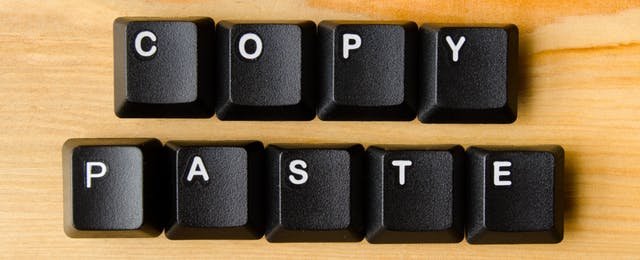When you want to make something out of your comfort zone, it will take weeks, months, or even years to make it. Once you're ready to unveil it to the world, you'll be praised by your hard-work, your dedication and mostly your sacrifices to make it to the top. But there are still people claim it's their own work. Plagiarism is everywhere and it can be from any field of work.
According to the University of Oxford. Plagiarism is presenting someone else’s work or ideas as your own, with or without their consent, by incorporating it into your work without full acknowledgement. All published and unpublished material, whether in manuscript, printed or electronic form, is covered under this definition. Plagiarism may be intentional or reckless, or unintentional. Under the regulations for examinations, intentional or reckless plagiarism is a disciplinary offence.
In my own words, create a copy then make any changes without any permission to the creator itself. It can be on any format from music, arts, movies, journalism, even on social media. There are a lot of content creators dedicated their lives to make good quality content, but in the end there are still people who would use it and make it a living. Worst is, it is not labelled as a crime Source but there are a few, or many ways to prevent this.
To prevent plagiarism, here are some helpful tips by scribbr.com which I also made my own words according to their list. You can visit the full article here.
1. Keep track of your sources
Research, record & save your sources from your notes so you can go back and check everything you want to use on your articles.
2. Quote and paraphrase
Quoting means copying a piece of text word-by-word, while, Paraphrasing means use your own words to explain something from a source. Make sure that your text is not similar to the original.
3. Cite the Original Source
Include links as referrence to identify who created the article so your readers can know where it came from.
4. Use a Plagiarism Checker before your submit
Why you need a plagiarism checker? To make sure no one can use any of the words you've written on your article and check for any grammatical errors, punctuation, vocabulary, and structure. You can use Grammarly's page to check your text and other writing issues.
If there are any tips that I missed, you can drop them down on the comments section.





